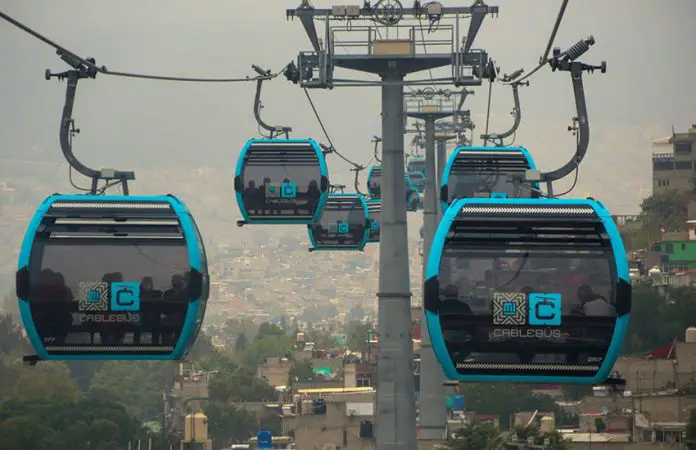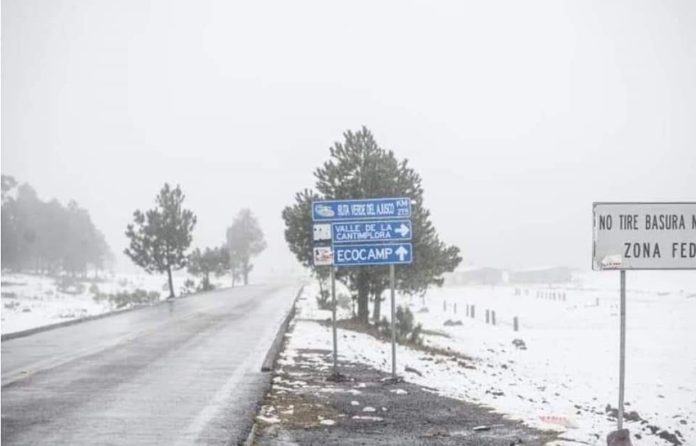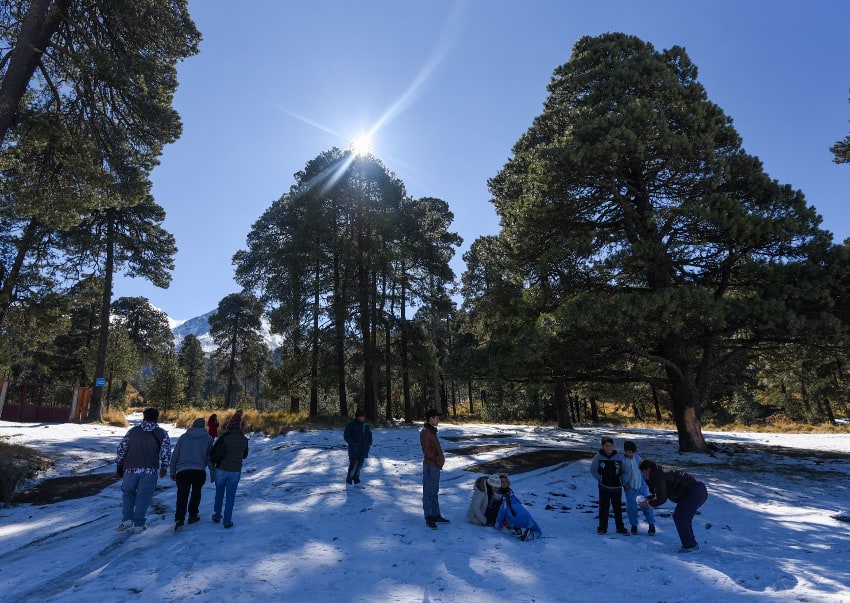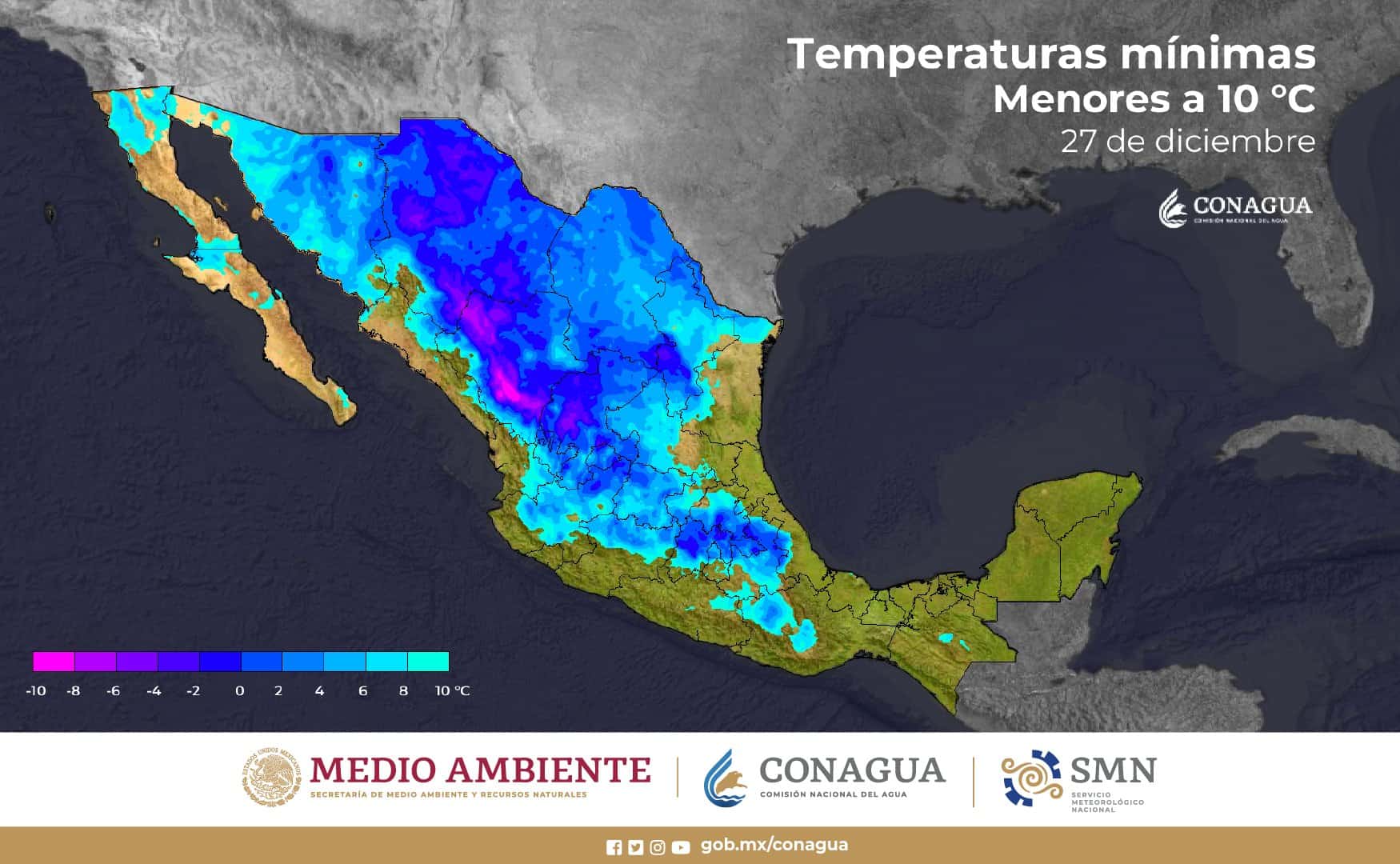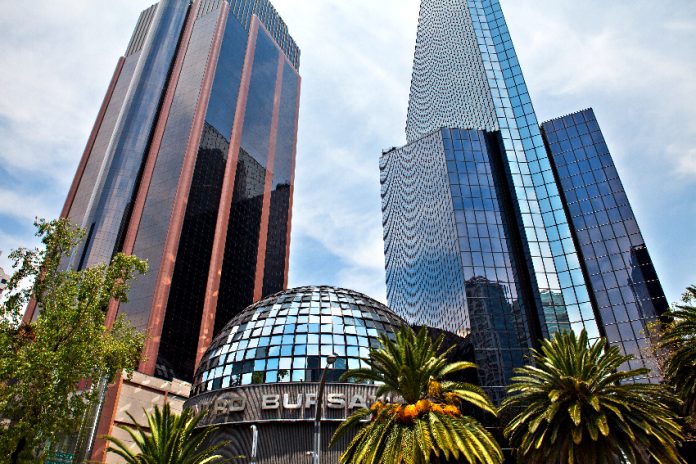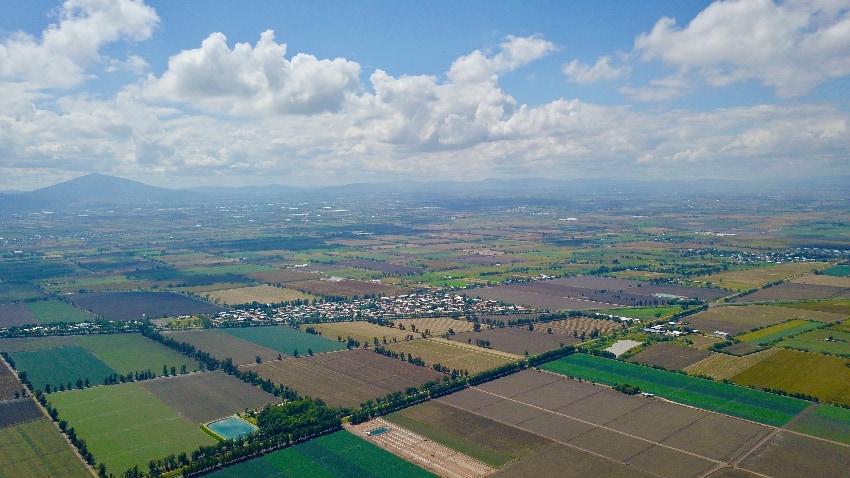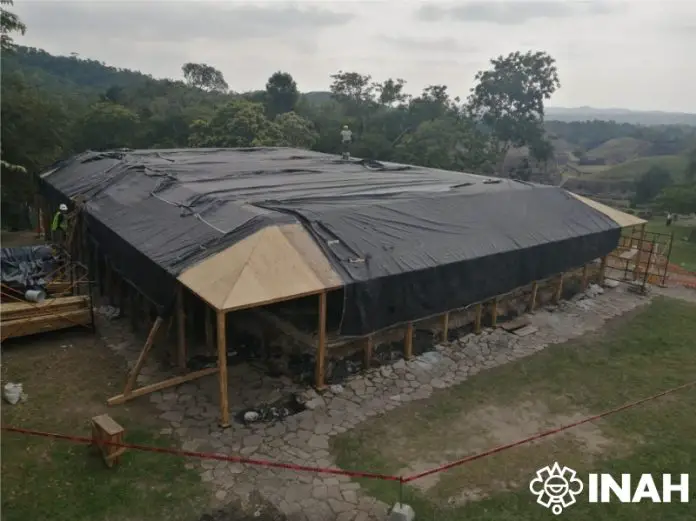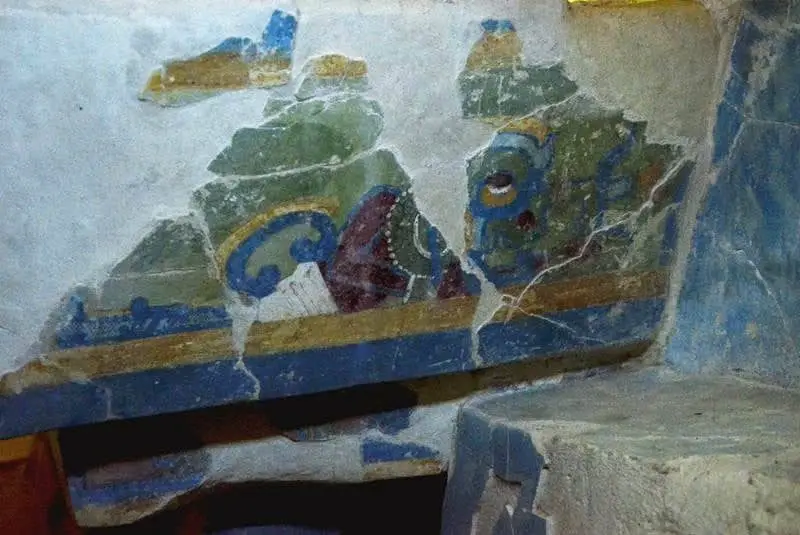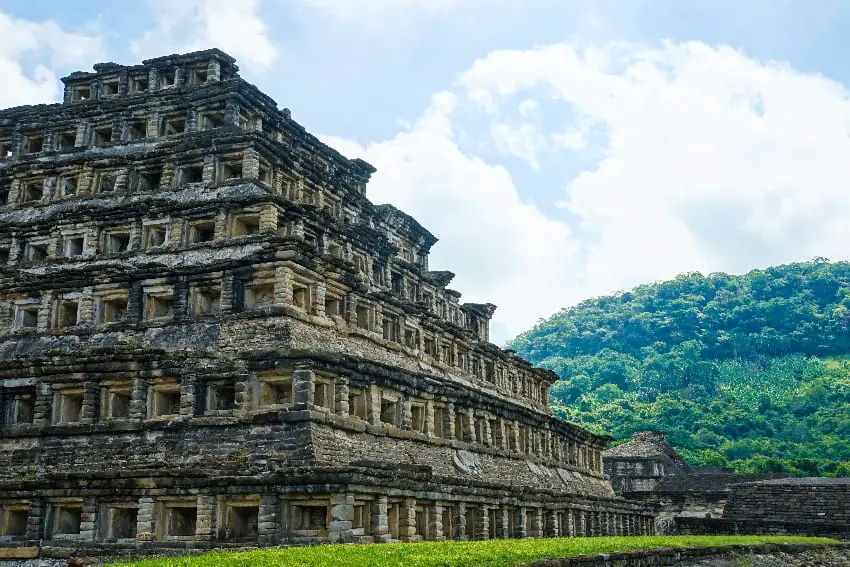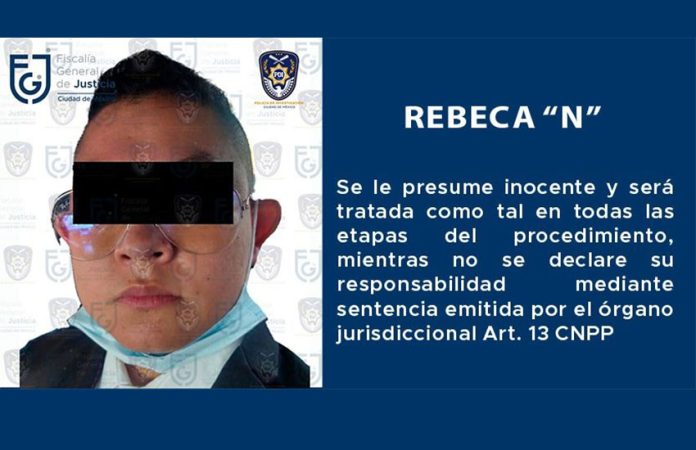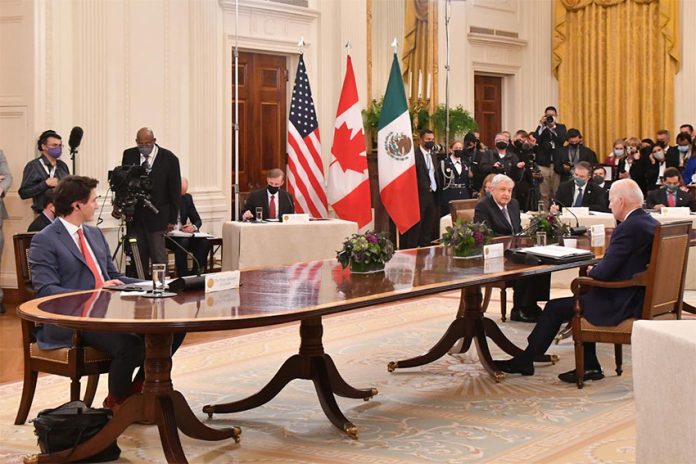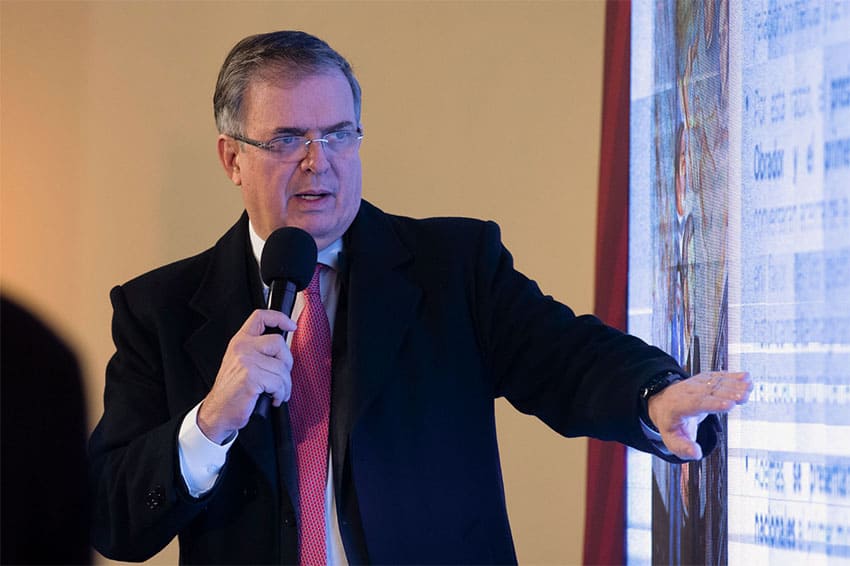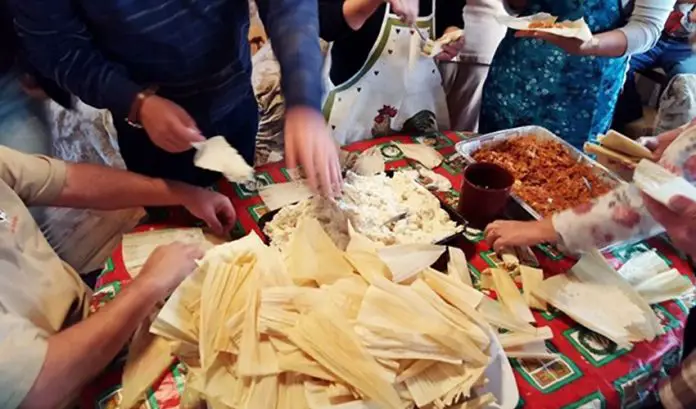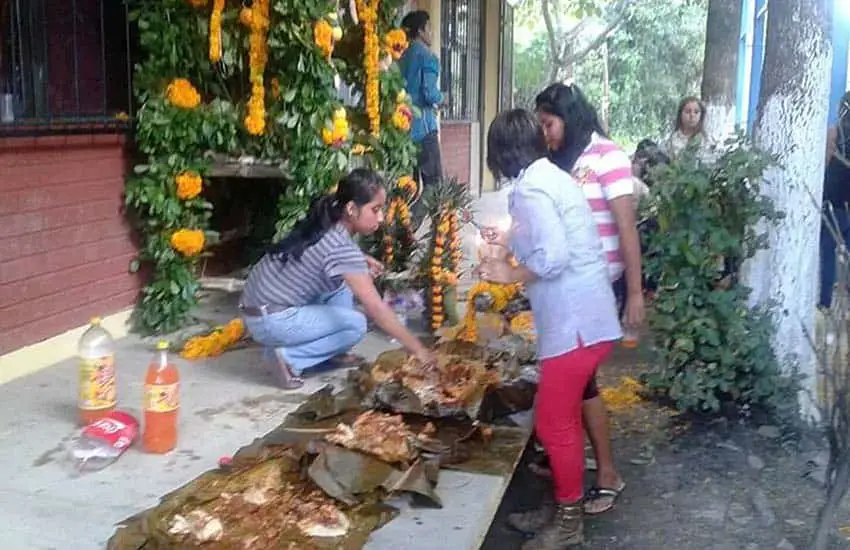Line 3 of Mexico City’s Cablebús system, set to open in December of 2023, will help connect all four sections of the capital’s iconic Chapultepec Forest, transforming it into one of the largest public parks in the world.
Construction on Line 3 began in November. Doppelmayr, the same company that built Cablebús’ Line 1, won the bid to build the project. When finished, the cable car line will run from the Santa Fe neighborhood to the Los Pinos Cultural Center, in the Miguel Hidalgo neighborhood for a fare of 7 pesos.
The planned cable car line is part of the “Chapultepec: Nature and Culture” project, a federal project with UNESCO support whose purpose is to connect the approximately 800 hectares that comprise the four sections of the forest and transform them into one of the largest spaces for cultural recreation and social integration in the world, according to UNESCO.
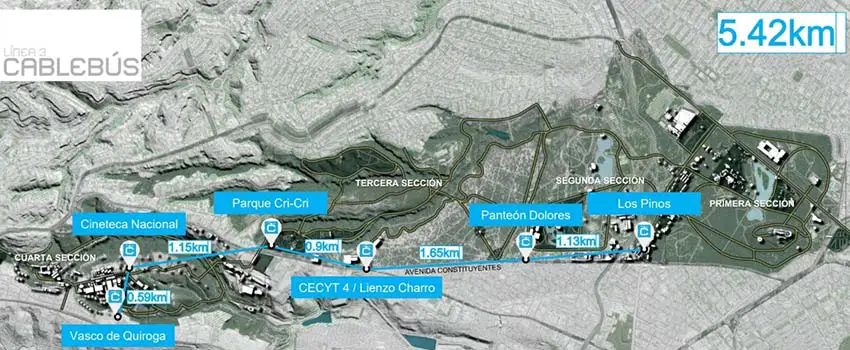
Line 3’s route is predicted to transport 36,000 passengers daily in 180 cabins across a total 5.42 kilometers along six stations. Cabins will have 10-passenger capacity.
The line’s total journey will take 20 minutes and will pass by cultural landmarks such as the Papalote Museo del Niño (Children’s Kite Museum), the Cárcamo de Dolores (a hydraulic structure in Chapultepec Park) and the new Cineteca Nacional.
The new line will also give riders access to the city’s Urban Culture Park, the National Art Warehouse, the former Gunpowder Factory and the Cultural Environmental Center.
Despite all that, the main point of the line is not to serve tourists, said Mexico City Mayor Claudia Sheinbaum. “Our main goal is mobility,” she said in a press conference back in July. “The second goal is tourism and culture.”
As Lines 1 and 2 of the Cablebús system sought to provide greater connectivity between outer neighborhoods and the main part of the city, the third line seeks to connect the working-class neighborhood of Santa Fe, which has little transportation connectivity, to the rest of the city, the mayor said.
“There is a lot of inequality [there],” Ernesto Morua Ramírez, professor of public policy at the National Autonomous University (UNAM), told the newspaper Expansión. “You can find skyscrapers and international headquarters [in the area], but also… localized poverty.”
Urban planner and mobility specialist Roberto Remes doesn’t think the cable line will have high demand as there are not enough people living close to the stations. Even with the new cable line, mobility is still fragmented in and out of Santa Fe, he said.
“I still have to take a cable car and then a train,” said Remes, who said the situation was the consequence of a lack of planning when the city’s public transport system was designed.
Experts have also raised concerns about the negative impact the project could have on Chapultepec Park, a place recognized as an Area of Environmental Value (AVA).
“We are worried about the need to remove trees,” Jorge Carlos Negrete Vázquez, president of the Foundation for the Rescue and Recovery of Urban Landscape in Guadalajara told Expansión.
He explained that Line 1 and Line 2 were built in completely urbanized areas with “few plants and trees.” This is not the case in Chapultepec’s Forest.
“There could be an ecological and landscape alteration as a consequence of construction of Line 3,” he said.
Negrete also warned about the risks Line 3 would represent to the view of Casa Luis Barragán, the home of the Mexican architect built in 1948 that is now a museum and is recognized as a World Heritage Site by UNESCO. Both the federal government and Mexico’s City government have denied that there will be any such effect.
With reports from gobierno.cdmx, Travesías and Expansión
